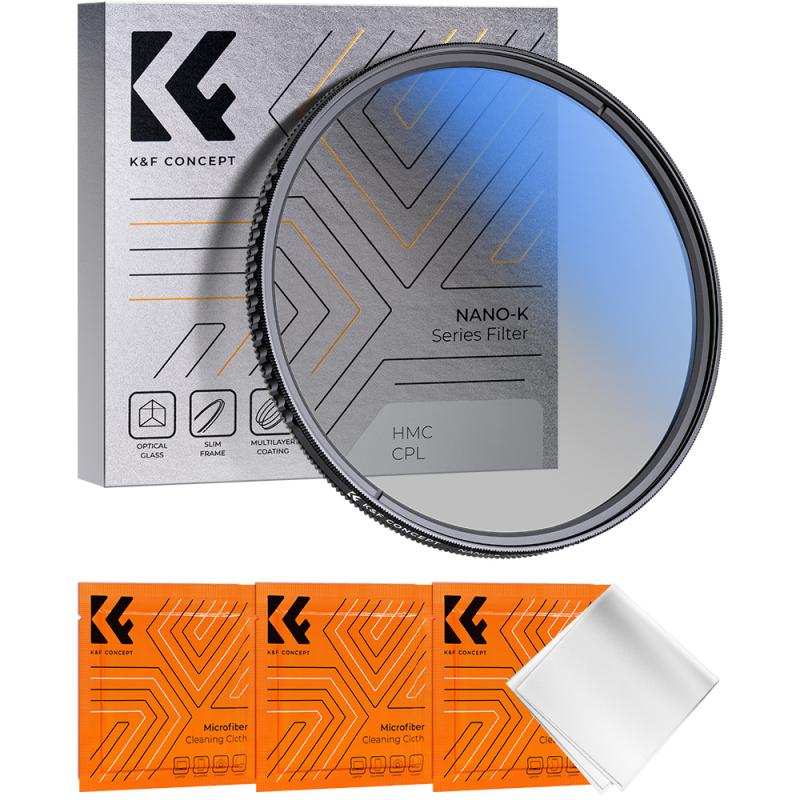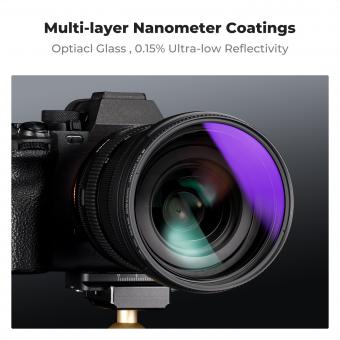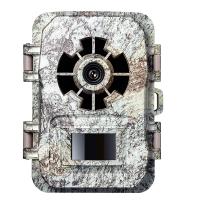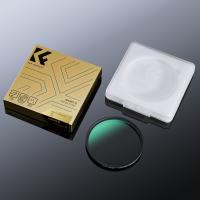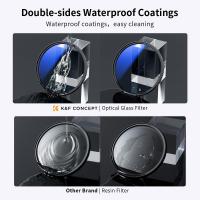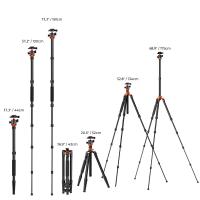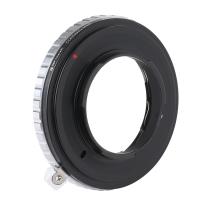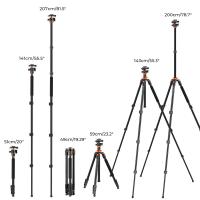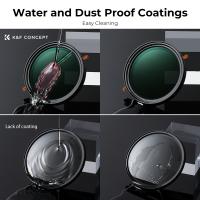What Does A Polarising Filter Do ?
A polarizing filter is an optical filter that selectively blocks certain polarized light waves from passing through while allowing others to pass. It is commonly used in photography to reduce glare and reflections from non-metallic surfaces such as water or glass. By rotating the filter, photographers can adjust the amount of polarized light that is blocked, resulting in enhanced color saturation, improved contrast, and increased clarity in their images. Additionally, polarizing filters are also used in various scientific and industrial applications to control the polarization of light for specific purposes.
1、 Reduces glare and reflections from non-metallic surfaces.
A polarizing filter is an essential tool for photographers and videographers as it helps to reduce glare and reflections from non-metallic surfaces. When light reflects off a non-metallic surface such as water, glass, or foliage, it becomes polarized, meaning the light waves align in a specific direction. This polarized light can cause unwanted reflections and glare, which can significantly affect the quality of an image or video.
A polarizing filter works by selectively blocking certain polarized light waves, allowing only the desired light to pass through the lens. By rotating the filter, photographers can adjust the amount of polarized light that enters the camera, effectively reducing or eliminating reflections and glare. This results in clearer, more vibrant images with improved color saturation and contrast.
In addition to reducing glare and reflections, polarizing filters also have other benefits. They can enhance the appearance of the sky by darkening the blue color and making clouds stand out more. They can also improve the visibility of underwater scenes by reducing the surface reflections on water bodies.
Moreover, polarizing filters are not only useful for outdoor photography but also for indoor situations. They can be used to minimize reflections on glass windows or shiny surfaces, allowing photographers to capture clear images without unwanted distractions.
It is important to note that polarizing filters work best when the light source is at a 90-degree angle to the subject. Therefore, they are most effective when shooting outdoors on sunny days or when photographing scenes with water bodies.
In conclusion, a polarizing filter is a valuable tool for photographers and videographers as it reduces glare and reflections from non-metallic surfaces. It enhances image quality, improves color saturation and contrast, and allows for more creative control over the final result.
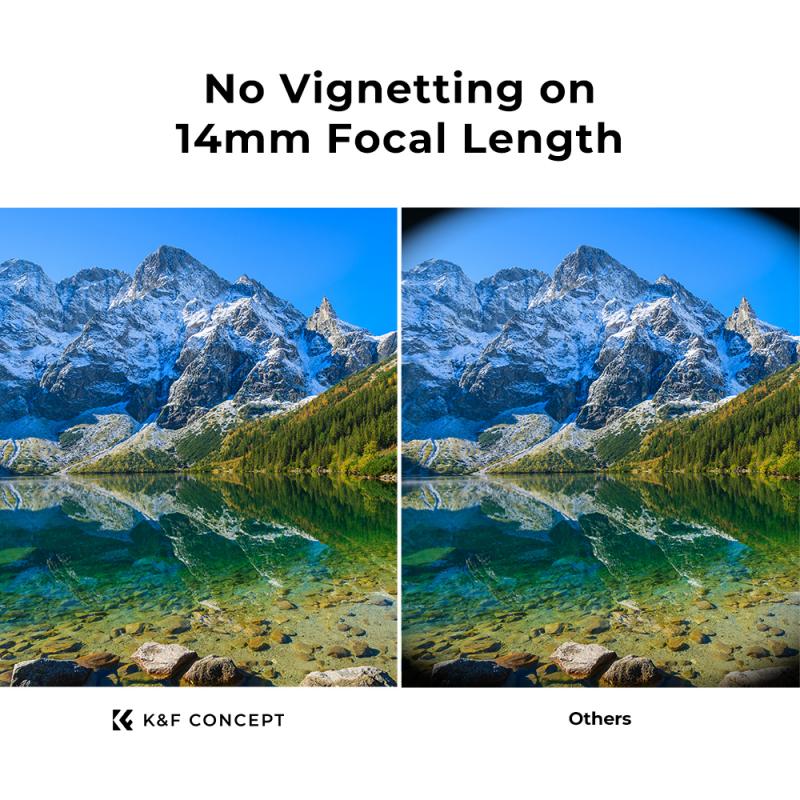
2、 Enhances color saturation and contrast in photographs.
A polarizing filter is a valuable tool in photography that enhances color saturation and contrast in photographs. It achieves this by reducing glare and reflections from non-metallic surfaces such as water, glass, and foliage. By selectively blocking certain light waves, a polarizing filter helps to eliminate unwanted reflections and allows the true colors and details of a subject to shine through.
When light reflects off a non-metallic surface, it becomes polarized, meaning the light waves align in a specific direction. A polarizing filter consists of a special film that only allows light waves vibrating in a particular direction to pass through. By rotating the filter, photographers can adjust the angle at which the light waves are blocked, effectively reducing or eliminating reflections and glare.
In addition to reducing reflections, a polarizing filter also enhances color saturation. By cutting through atmospheric haze and reducing the intensity of scattered light, the filter allows colors to appear more vibrant and saturated. This is particularly useful when photographing landscapes, where the filter can make the sky appear bluer, clouds more defined, and foliage more lush.
Furthermore, a polarizing filter can also improve contrast in photographs. By reducing the amount of scattered light, the filter helps to darken the sky and make clouds stand out more prominently against it. This creates a more dramatic and visually appealing image with enhanced depth and dimension.
It is important to note that the effectiveness of a polarizing filter depends on the angle of the light source and the photographer's position relative to the subject. Therefore, experimenting with different angles and rotations of the filter is crucial to achieve the desired effect.
In conclusion, a polarizing filter is a valuable tool for photographers as it enhances color saturation and contrast in photographs. By reducing reflections and glare, it allows the true colors and details of a subject to shine through, resulting in more vibrant and visually appealing images.
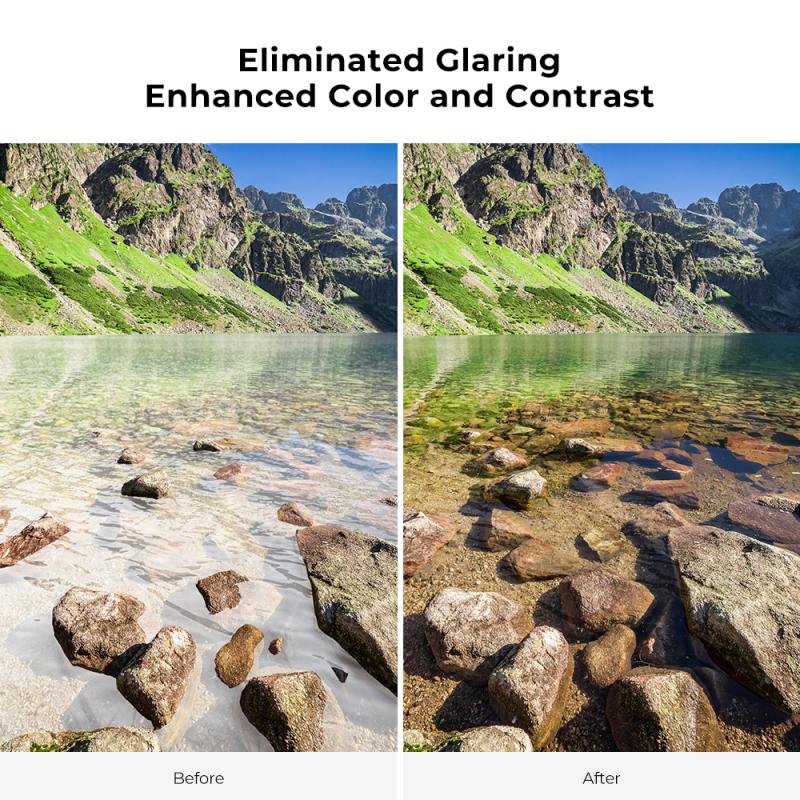
3、 Improves clarity and sharpness by reducing atmospheric haze.
A polarizing filter is a valuable tool in photography that serves multiple purposes. Its primary function is to reduce or eliminate glare and reflections from non-metallic surfaces such as water, glass, and foliage. By doing so, it improves clarity and sharpness in images by reducing atmospheric haze caused by scattered light.
When light reflects off a non-metallic surface, it becomes polarized, meaning the light waves align in a specific direction. A polarizing filter consists of a special film that blocks certain polarized light waves, allowing only light waves aligned in a particular direction to pass through. By rotating the filter, photographers can adjust the amount of polarized light that enters the camera lens, effectively controlling the level of glare and reflections in the final image.
In addition to reducing glare, a polarizing filter also enhances color saturation and contrast. By eliminating unwanted reflections, the filter allows the true colors of the subject to come through, resulting in more vibrant and saturated images. It also helps to darken the sky, making clouds stand out more prominently.
Furthermore, a polarizing filter can be used to create dramatic effects in landscape photography. By selectively polarizing the sky, it can create a stark contrast between the blue sky and white clouds, resulting in a more dynamic and visually appealing composition.
It is worth noting that with the advancements in digital post-processing techniques, some photographers argue that the effects of a polarizing filter can be replicated to some extent using software. However, it is important to remember that a polarizing filter allows photographers to achieve the desired effect in-camera, reducing the need for extensive post-processing and preserving the image quality.
In conclusion, a polarizing filter improves clarity and sharpness by reducing atmospheric haze and eliminating glare and reflections. It enhances color saturation, contrast, and can create dramatic effects in landscape photography. While some argue that its effects can be replicated in post-processing, a polarizing filter remains a valuable tool for photographers who prefer to achieve the desired effect in-camera.
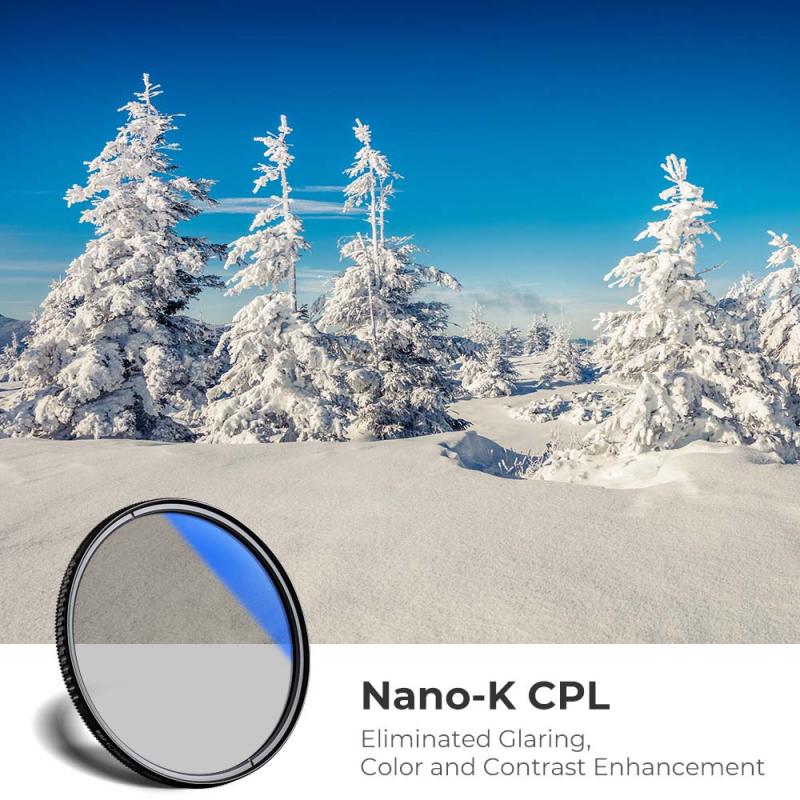
4、 Minimizes reflections on glass or water surfaces.
A polarizing filter is an essential tool for photographers and videographers that helps to minimize reflections on glass or water surfaces. It achieves this by selectively blocking certain light waves that are oriented in a specific direction. When light reflects off a non-metallic surface, such as glass or water, it becomes polarized, meaning the light waves align in a particular direction. This polarization causes the light to scatter and create unwanted reflections and glare.
By attaching a polarizing filter to a camera lens, photographers can effectively control the amount of polarized light that enters the lens. The filter consists of a special material that only allows light waves vibrating in a specific plane to pass through, while blocking light waves vibrating in other planes. By rotating the filter, photographers can adjust the angle at which the filter blocks the polarized light, thus reducing or eliminating reflections and glare.
In addition to minimizing reflections, polarizing filters also enhance color saturation and contrast in photographs. They can deepen the blue of the sky, make clouds more prominent, and make foliage appear more vibrant. This is because the filter reduces the amount of scattered light that reaches the camera sensor, resulting in more saturated and vivid colors.
It is important to note that polarizing filters work best when the light source is at a 90-degree angle to the subject being photographed. This means that the filter is most effective when shooting outdoors on a sunny day, with the sun positioned to the side of the photographer. In such conditions, a polarizing filter can significantly improve the overall quality of the image by reducing reflections and enhancing colors.
In conclusion, a polarizing filter is a valuable tool for photographers and videographers as it minimizes reflections on glass or water surfaces. It not only reduces unwanted glare but also enhances color saturation and contrast, resulting in more visually appealing images.
